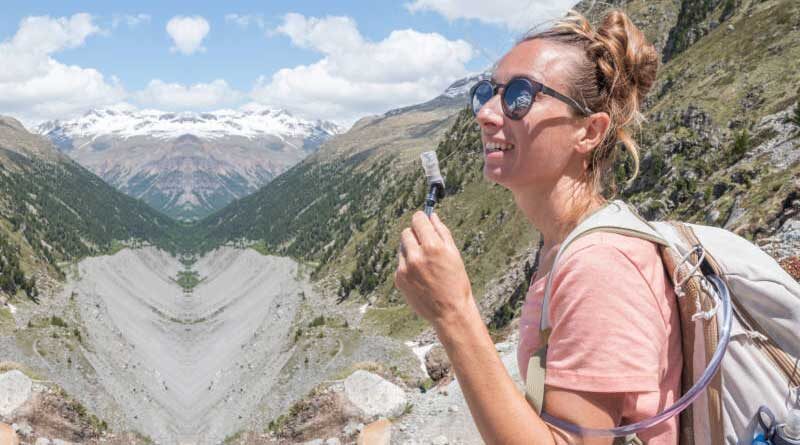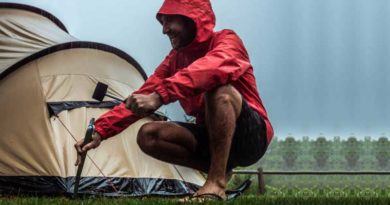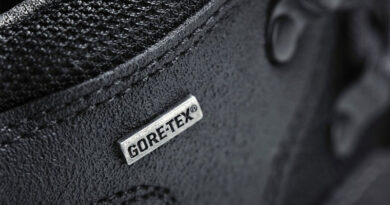Can you put a Water Bladder in any Backpack?
A water bladder is a drinking bag, which is designed either as a waist pack or a backpack and is made of flexible plastic. This serves as a convenient way of storing water during outdoor activities, such as cycling, hiking, and running.
Yes, it’s possible to put a water bladder in a backpack. However, you have to consider the types of hydration packs, the reservoir capacity, and the features you’re looking for in a hydration pack. Most high-end backpacking packs come with built-in hydration but if your pack doesn’t have that feature, you can add one easily.
In this article, I will show you how to keep a water bladder during outdoor activities. Here are some things to consider before keeping the water bladder in the backpack.
Types of Water Bladders
There are four main types of water bladders:
1. Hiking Hydration Backpacks
Hiking hydration backpacks are specifically designed for a bigger outdoor activity so they can effectively serve as a hydration reservoir to make drinking easier. They have ample space for water and food, and more layers for hiking essentials. These packs have different size ranges, which is good enough for an overnight hiking trip.
See the Best Hydration Bladders
2. Cycling Hydration Backpacks
Cycling hydration packs are usually handier than hiking packs. This kind of pack is specifically designed for road trips, so it would have to be light and stable while resisting the wind. Cycling packs also come with a waist belt, so it would be easier for the cycler to pedal without interruption.
3. Running Hydration Packs
There are two types of running hydration packs: the running vest and the running backpack. The running vests are well-fitted to the body and should be carried over the shoulders and back. Compared to the running backpacks, the running vests have water storage on the shoulder straps, so that runners can sip water from the tube. On the other hand, the running backpacks have a low-profiled hip belt and accessible pockets so they could provide more storage for water and food.
4. Waist Packs
This type of hydration bladder is carried around the waist, and the only thing that could be carried in it is a water bottle. The waist pack is ideal for light adventures, such as day-trip hiking, trailing, and cross-country skiing, that don’t require too many gears. This can also work at the back, so the hiker’s movement will not be hindered.
Reservoir Capacity
Carrying water could be heavy according to how long the journey is and how much extra weight you need to carry along the way. The most important thing to remember about the water bladder is to estimate the time you’ll have to spend on the trip and how much water you need to anticipate.
Half liter to 1.5 liter
Since this pack only carries a minimal capacity, it’s good for a short adventure. The usual capacity for this waist pack is only one to two small bottles of water. It is best for lightweight activities, such as walking or running. Half-liter to 1.5-liter reservoir capacity packs can also be good for kids during their scout outing.
2 to 2.5 liters
This range provides a great balance between water supply and weight. It will only require occasional refilling. This pack can be used for short-distance cycling and hiking. It is just sufficient enough to survive the whole day’s adventure with fewer refills.
3 to 5 liters
Some adventurers love to go extreme. This pack is perfectly made for those so they can rarely stop for a refill. A 3 to 5-liter pack can be good during overnight hiking or anywhere with a scarce water supply. The 3-liter option is the most balanced water bladder because it can carry enough water for short and long activities.
What to look for in a Water Bladder?
Before intending to retrofit the water bladder, you have to select the right kind of water bladder to fit into the job. Here are the things you need to consider in looking out for a perfect hydration bladder:
The Position of the Bladder and Tube
Although gravity will make things easier for you, you have to find a good water bladder that has a tube well-fitted to the pack. The position of the bladder and tube has to direct downwards, so it could retrofit to the pack.
Material
A fine water bladder is not just a plastic bag that you can throw at any time or something that can hold your water. A good water bladder is either made of rubber or high-quality plastics. The materials do not affect the quality of water even if directed into the sunlight. At the same time, the rubberized or high-quality plastic bladder is more durable compared to ordinary materials.
Size
Picking the right size has to go well with your activities. As mentioned, the reservoir capacity is one of the things to be considered in selecting a water bladder. Because it determines the anticipated water you’ll need on a trip. When retrofitting the back with a hydration bladder, then you might need to select the right size water bladder. The size should be big enough to carry enough water during the whole duration of the activity.
Comfort and Usability
Every person should always consider the comfort and usability of the product before buying it. You have to ask yourself if the water bladder provides more space for your necessities or will it be useful enough for lengthy trips. You should consider a comfortably snug grip on your body and if the size is appropriate for your torso length.
Conclusion
Before buying a water bladder, make sure it is strong enough to accommodate your needs. Aside from that, it should be sturdy enough to take a few drops without the possibility of it breaking. Most water bladders need the care to endure hiking and cycling activities. So ensure you’re careful when adding the pack. Once you do, you’ll find it easier than ever to get the water you need for your journey.




